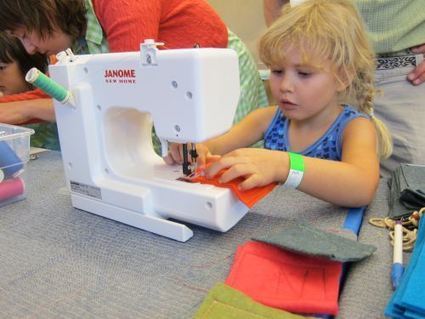We saw tons of new stuff at CES this year. But one thing that particularly caught our eye was Kubo, the robot that teaches kids how to code.
Kubo is a pretty simple robot – it’s about the size of a can of soda and has two wheels that allow it to roll around a desk or table. But what it lacks in advanced physical ability it makes up for in brains.
Kubo comes with its own programming language called TagTile. The language consists of puzzle pieces that fit together to give Kubo instructions. For example, you could connect three pieces together – forward, turn, then another forward. Kubo then drives over these pieces oncer to “learn” the command, then can remember and perform it without needing the pieces.
Kubo reads the puzzle pieces using an RFID technology – each piece has an individual embedded RFID tag, and Kubo itself has a reader built in.
While it sounds simple, it’s a pretty good way to teach kids the basics of programming without having them stare at a screen.
Learn more / En savoir plus / Mehr erfahren:
http://www.scoop.it/t/21st-century-learning-and-teaching/?tag=Ideas+for+makerspaces
https://gustmees.wordpress.com/2014/08/24/coding-a-new-trend-in-education-and-a-big-responsibility/
Via Gust MEES



 Your new post is loading...
Your new post is loading...












Learn more / En savoir plus / Mehr erfahren:
http://www.scoop.it/t/21st-century-learning-and-teaching/?tag=Ideas+for+makerspaces
https://gustmees.wordpress.com/2014/08/24/coding-a-new-trend-in-education-and-a-big-responsibility/
Kubo le robot qui permet d'apprendre à coder